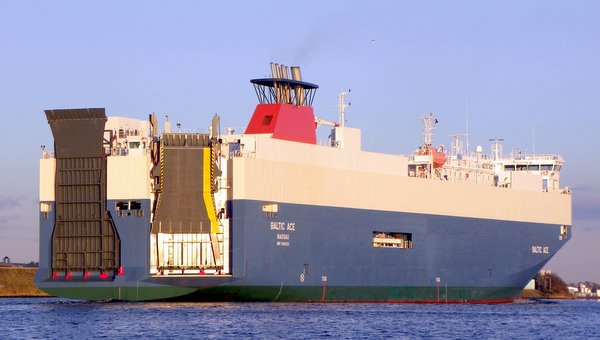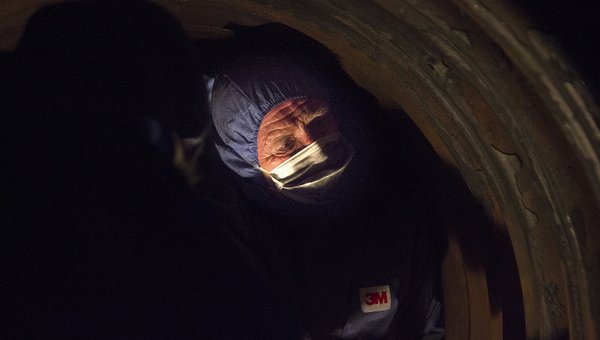Have you ever heard of a ship called the Corvus J? Or the Baltic Ace? (See picture.) No? Well neither had I till MFUK started working for the Mission to Seafarers. Last year we made three films for the Mission, who look after seafarers in 260 ports in 70 counties all round the world – and all that funded by voluntary donations. Amazing. This organization – under the sign of the Flying Angel – helps the often lonely, broke and far-from-home seafarers, offering them everything from phone cards and internet connection, to professional advice and care when in hospital. And loads more. Church of England foundation, but open to all. And they had to be very open – and quick and compassionate – the December night 11 seafarers lost their lives in the North Sea, following a collision between those two ships…
Mission with a mission






